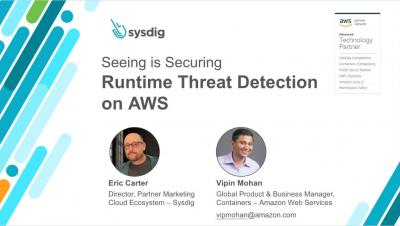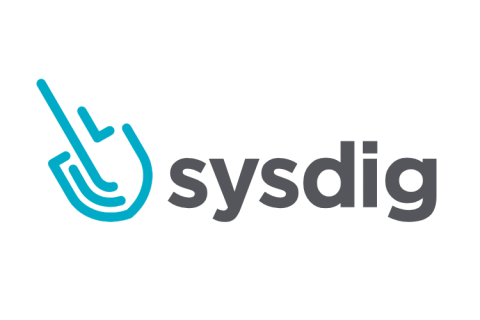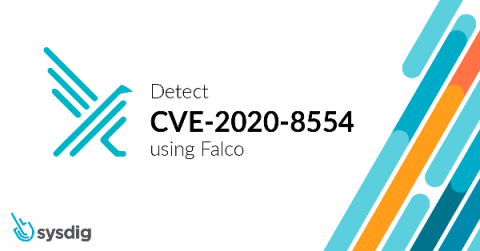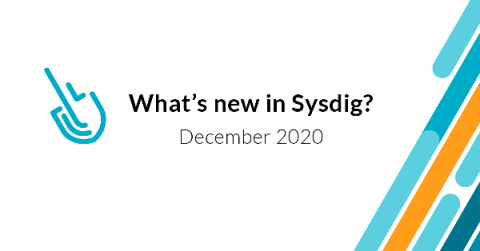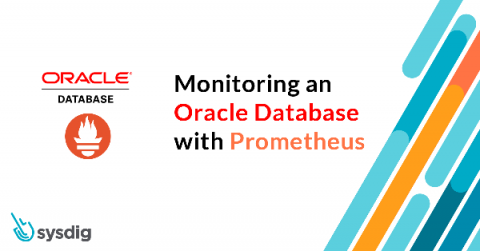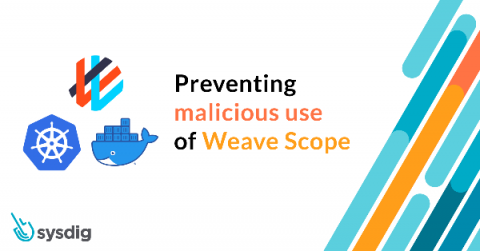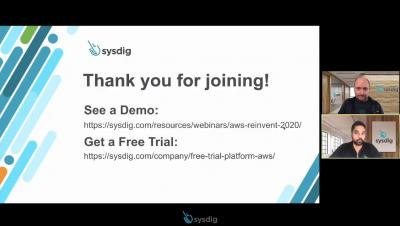Operations | Monitoring | ITSM | DevOps | Cloud
Sysdig
Stackrox Acquisition: The Race to Secure Containers
Today, Red Hat announced its intent to acquire Stackrox. This is a very exciting development in the world of cloud-native security! First and foremost, congratulations to Stackrox, an early participant in the container security space. This acquisition is a great outcome for Stackrox given their nascent scale and on-premises offering.
5 Best practices for ensuring secure container images
Most modern organizations understand that the earlier you integrate security into the development process, the more secure the applications will be in production. For containerized workloads, securing the container image throughout the application life cycle is a critical part of security, but many organizations don’t even follow basic best practices for ensuring secure container images.
Detect CVE-2020-8554 using Falco
CVE-2020-8554 is a vulnerability that particularly affects multi-tenant Kubernetes clusters. If a potential attacker can create or edit services and pods, then they may be able to intercept traffic from other pods or nodes in the cluster. An attacker that is able to create a ClusterIP service and set the spec.externalIPs field can intercept traffic to that IP. In addition, an attacker that can patch the status of a LoadBalancer service can set the status.loadBalancer.ingress.ip to similar effect.
Cooking the perfect holiday ham with IoT, Prometheus, and you
With the holidays upon us around the world, some folks here at Sysdig decided to take a technological approach to holiday cooking. How, you ask? By adding a little PromQL to the mix. A home kitchen during the holidays can be a very frenetic place. There are often many, many dishes being prepared at the same time and cooked in sequence. Some are short and easy, others can take several hours. It’s inevitable that a dish will get missed, or a step forgotten.
What's new in Sysdig - December 2020
Welcome to another monthly update on what’s new from Sysdig. Our team continues to work hard to bring great new features to all of our customers, automatically and for free!
How to monitor an Oracle database with Prometheus
In this article, we will explain how to monitor an Oracle Database with Prometheus using an exporter to generate metrics. Also, we will review the main metrics that you should monitor on resource usage and performance, and what to alert on to detect issues and incidents in your Oracle Database.
Preventing malicious use of Weave Scope
Intezer and Microsoft reported on Sept. 9 that TeamTNT hackers are deploying Weave Scope in compromised systems as an auxiliary tool in their intrusions. Weave Scope is a legitimate and powerful tool to manage server infrastructure that, once deployed, makes it easy to control all resources. In this article, we will describe how this tool can be used maliciously, and how to add specific checks in your security set up to look for it.
See and Secure containers on AWS Fargate
Your team is running containers, but are they secure?
Organizations are modernizing IT infrastructure, restructuring teams, and accelerating application delivery with containers and Kubernetes. As with any technology, organizations are at various places within their journey. However, according to Gartner, more than 75% of global organizations will be running containerized apps in production by 2022. Chances are your team is using containers for some applications.


